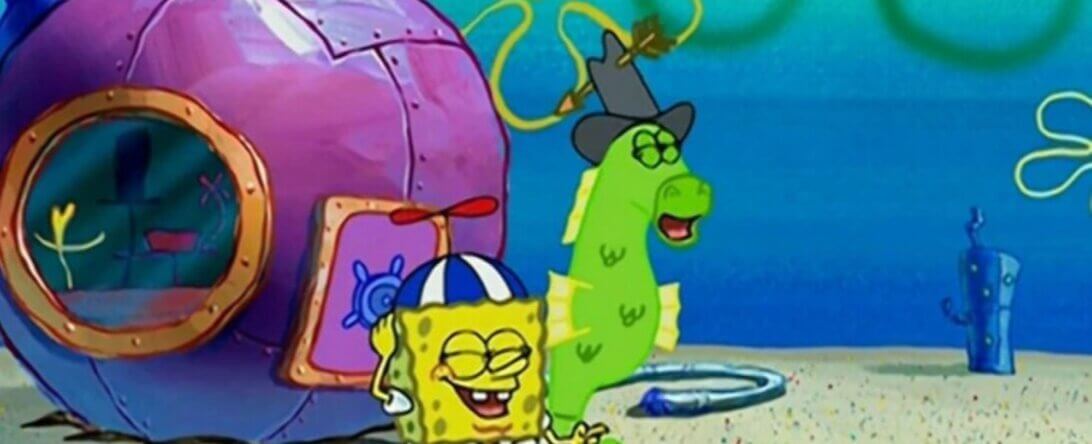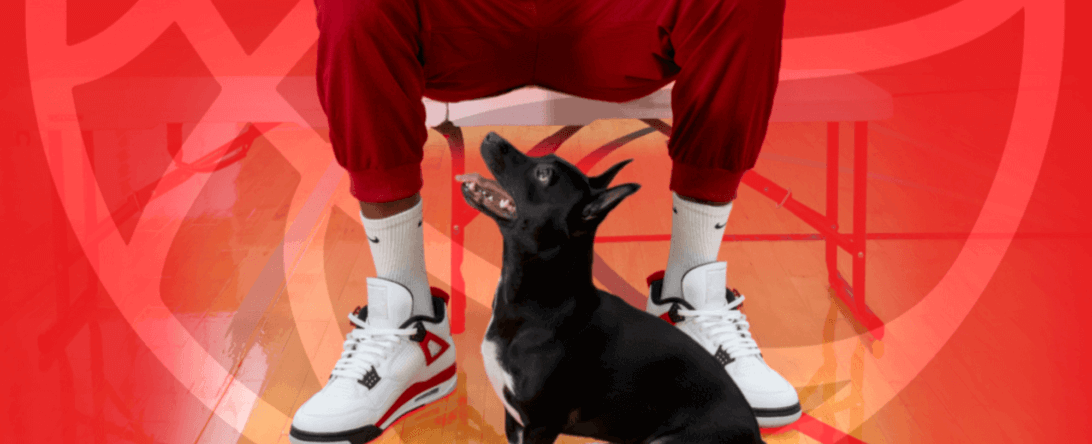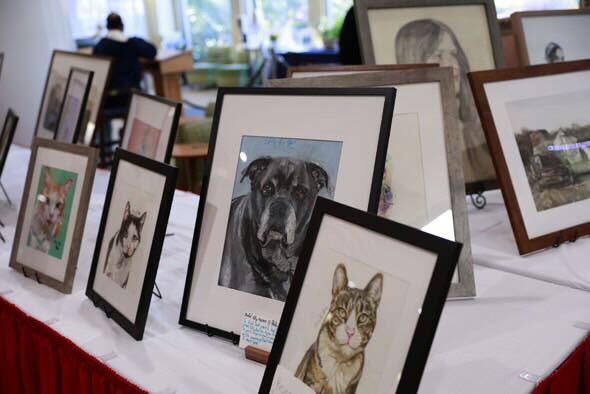How to Use Art in Your Activism to Help Animals
I grew up loving animals and art. I thought I’d become a veterinarian and create art on the side as a hobby. Then I discovered “artivism” and realized I could pursue both passions by saving animals through my art!
Even if you’ve never heard the word artivism before, you’ve most likely seen it in action. It’s the use of art in activism. Basically, it’s all about getting those creative energies flowing to advocate for what you believe in.
History of Artivism
The earliest documented use of the term artivism was in the late 1960s, by Chicanos living in East Los Angeles. They popularized the word through public art projects. But art and activism are beautifully intertwined and have worked in cohesion for centuries as a way for people to express themselves, spark critical thinking among audiences, and comment on sociopolitical affairs. Many successful activism movements have involved using various forms of creativity, culture, and innovation.
As the mask-wearing Guerilla Girls of the women’s rights movement said, “We want to be subversive, to transform our audience, to confront them with some disarming statements, backed up by facts—and great visuals—and hopefully convert them.”
More examples can be found in other important campaigns, such as the Harlem Renaissance during the civil rights movement and in the LGBTQ+ movement’s vibrant, rich colors and creative means of displaying them.
All these movements have something in common: They have used art to resist, challenge, and recreate dominant social norms. Some artivists have preserved underrepresented history and stories, while others have advocated for equality.
As animal rights activists, we can do this for the animals we share this world with—by telling their stories, which are often hidden from the public, and by advocating for their rights. We can use our voices, pens, and other creative mediums to challenge speciesist norms and send the message that animals are not here for humans to use or abuse for experimentation, food, clothing, entertainment, or anything else.
Ways to Start Using Artivism
1. 🎨 Visual Arts
Pablo Picasso once said about his now-famous anti-war artwork, “Painting is not made to decorate apartments. It’s an offensive and defensive weapon against the enemy.” While the visual arts can be great eye candy, they’re also an important tool for creating positive change.
- Paint, crayons, colored pencils, and sculpture are all mediums that can be used. For example, I created an acrylic painting questioning the marketing tactics of Chik-fil-A and encouraging viewers to love more chickens, as a better representation of what cows would truly say:
- Check out this reel for tips on making engaging, eye-catching demo posters:
- Digital art is an important developing medium that continues to grow in popularity and innovation. Bonus points if you can make your creations into stickers, like this one against classroom dissection—designed by one of our talented college interns:
2. 🎭 Performance Arts
Performance art is defined as “an artwork or art exhibition created through actions executed by the artist or other participants.” Eye-catching demonstrations are a form of performance art! By gathering a crew together, creating a visual presence in a public space with signage and props, and leading chants, you can partake in this creative art form for a cause. Check out the other ideas below.
- Chalking is a fun and easy outreach method you can use to plant seeds throughout your community, and it’s a great way to start conversations with those walking by as you create.
- Acting and dance have been powerful storytelling tools for centuries. Even if you’re not on stage yourself, you can still share powerful performances and films like Okja, which shows the cruelty inherent in breeding, raising, and slaughtering individuals for sensory pleasure.
- Fashion is how we creatively express ourselves every day. Make a bold statement for animals with graphic tees or handmade merch as these students did, and always make sure your clothes and accessories are vegan.
3. 🍽️ Culinary Arts
Some people’s artistry lies in cooking. Introducing your friends and family to vegan eating through yummy home-cooked (or even store-bought) meals is a great way to show them the wondrous possibilities of plants. Tell me this vegan salmon recipe by @veganbunnychef doesn’t look absolutely beautiful and delicious while not harming any animals:
4. 📝 Language Arts
Good with words? Use your voice to create a touching poem, which can become a spoken-word performance (perfect for a school talent show). Maybe you’ll create zines, short stories, or even a book. Dream big—if you never try, you’ll never know!
5. 🎶 Musical Arts
Bring a new cadence to outreach by putting your words to a rhythm. Some of our favorite animal rights songs are “Looking for Changes” by Paul McCartney, “Meat Is Murder” by The Smiths, and “Animal Kingdom” by Prince.
6. 📸 Technology Arts
Artists are even putting creative spins on emerging technology. If you’re tech-savvy, there are plenty of methods to bring your unique voice into the technical world. PETA even has an entire department dedicated to the growing career field of using technology arts for activism. (Maybe we’ll see you in the office soon! 👀)
- Photography and film capture raw emotion and provide compelling, indisputable documentation of the horrors that animals endure at human hands. Or on the flip side, photos can depict animals living free from harm and human exploitation, as they should. Jo-Anne McArthur is a wonderful photographer who uses her platform to capture both sides, and she shares her photos to be downloaded and used for activism, free of charge, at We Animals Media.
- Video games like the one below are an innovative way to introduce empathy and compassion for animals and to raise awareness of the suffering they endure, while accommodating various age groups.
- Virtual reality and CGI (or computer-generated imagery) can allow viewers to experience animals’ perspective, without exploiting animals in the process. “Abduction,” PETA’s newest virtual reality venture, exposes the plight of animals used in laboratories. Check it out:
“[An] art-ivist (artist + activist) uses [their] artistic talents to fight and struggle against injustice and oppression—by any medium necessary. The art-ivist merges commitment to freedom and justice with the pen, the lens, the brush, the voice, the body, and the imagination. The art-ivist knows that to make an observation is to have an obligation.”
MK Asante
The world is filled with highly creative, intelligent animals—from ants who build “living bridges” with their bodies to puffer fish who create artistic masterpieces several times their own size to cows who hide their babies from farmers to avoid being separated from them. We’re finally beginning to realize that humans do not have a monopoly on creativity or intelligence. When we acknowledge these traits in animals as well as their sheer will to live, it becomes difficult to imagine why humans are still using them for experimentation, food, clothing, and entertainment.
Show us your artivism! Tag us on IG (@peta2) so we can repost it, or e-mail your work to [email protected] for a chance to be featured.
Text peta2 to 30933 for ways to help animals, tips on compassionate living, and more!

Terms for automated texts/calls from peta2: http://peta.vg/txt. Text STOP to end, HELP for more info. Msg/data rates may apply. U.S. only.




